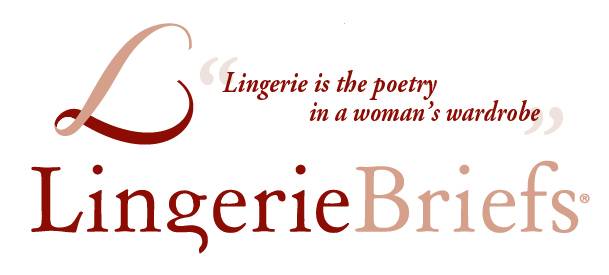Lingerie Buying ~ The Importance of SKU Analysis
By Ali Cudby
 In preparation for the upcoming lingerie industry trade shows, Ellen Lewis and I have been discussing the art and science of buying for lingerie retail stores, and particularly specialty stores. In parts one and two of this lingerie buying series, we covered the basics of buying strategy and how open to buy works in a lingerie boutique. In this article, we will tackle the more complex area of SKU analysis.
In preparation for the upcoming lingerie industry trade shows, Ellen Lewis and I have been discussing the art and science of buying for lingerie retail stores, and particularly specialty stores. In parts one and two of this lingerie buying series, we covered the basics of buying strategy and how open to buy works in a lingerie boutique. In this article, we will tackle the more complex area of SKU analysis.
Why is SKU analysis important? Well, understanding the flow of your inventory reveals when you are short-stocking pieces that could sell if you had them, thereby leaving money on the table. It also shows you when you are over-buying and spending too much money on inventory that sits around, gets marked down, and generally prevents you from buying other, more profitable, goods.
Let’s start with the basics – a SKU is an acronym for Stock Keeping Unit. It’s defined a distinct item offered for sale, differentiated from all other items offered for sale. In a lingerie store, a SKU would be an item identified by brand, style number or name, color and size – such as a Chantelle Rive Gauche 3 Part-Cup Underwire Bra (Ref 3281) in Black, size 32D. Another way of thinking about SKU is that it is uniquely identified by the number associated with a barcode.
In the earlier articles about Open to Buy, we talked about planning down to the category level – bras, bottoms, etc. SKU takes analysis to the next level. SKU analysis helps a lingerie business understand:
- Subclass or subcategory. This can be seen in any number of ways, depending upon a store’s particular customer base. For example, a store might look at sales of fashion vs. basics. A post-mastectomy shop might look at medical garments vs. non-medical. A higher volume buyer might use more specific markers, such as t-shirt bras vs. cut-and-sewn vs. softcup, etc. How you break down your subclasses boils down to the specifics of your unique business.
- Style. At the style level, a store needs to select specific offerings that a vendor has to offer. The Chantelle Rive Gauche 3 Part-Cup Underwire Bra is a style.
- Color. Many styles come in a variety of colors. Which color(s) you buy reverts back to your Open to Buy plan, your customer base, and the merchandising strategy tied to your promotional plan for the store.
- Size. Stores must make strategic choices for the sizes they stock, and which sizes of each particular style they will carry. Understanding who that Rive Gauche bra fits best, as analyzed across your store’s customer profile, will determine which sizes you should buy in that style.
As you go through this analysis, take your vendor relationships into consideration. A brand rep will make recommendations and share industry averages, but it’s up to a store to know their specific customers and where they may deviate from industry norms. At the same time, a store might choose to stock this year’s fashion color from a vendor they already know and trust because of the importance of strategic partnerships with vendors and those relationships.
For an excellent example of the benefits of strategic partnership between vendor and retailer, download your free copy of 7 Steps to Boost Your Lingerie Business and check out Step 4, which is a great example of vendors and retailers working together – in this case, a study of the win-win relationship between Cosabella and Bella Intimates.
Planning your buying at the SKU level enables a deeper understanding of your sales, which means buying smarter, selling faster and making your lingerie business more profitable.

